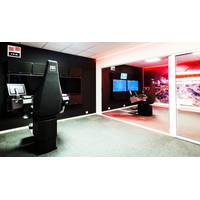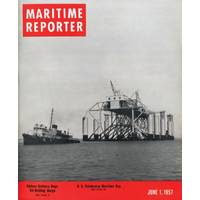World First: Commercial Onshore Remote WROV Ops

Norwegian ingenuity in the subsea space strikes again, as IKM Subsea, based in Bryne, Norway, has opened what it believes is the world’s first commercial onshore controlled ROV operations. In the near future up to three Work class ROVs and one Observation ROV on Statoil’s Snorre B and Visund installations will be controlled from IKM Subsea’s onshore control center. One of the Work Class ROVs (RROV) has been designed and engineered…
IKM Reports Progress at Snorre B and Visund

IKM Subsea was awarded a ROV services contract for the fields Visund and Snorre B in the North Sea last August. The contract provides for the testing and installation of an electrical, permanently seabed installed RROV (Residential - ROV). The system will interface with IKMS’s Onshore Control Center via Tampnet, a dedicated fiber-based network system for the platforms in question. The systems are equally design to operate on the 4G mobile broadband system.
The History of Offshore Energy

Offshore exploration is a history of man v. Prospecting for oil is a dynamic art. From a lake in Ohio, to piers off the California coast in the early 1900s, to the salt marshes of Louisiana in the 1930s, to the first “out-of-sight- of-land” tower in 1947 in the Gulf of Mexico, the modern offshore petroleum industry has inched its way over the last roughly 75 years from 100 ft. of water ever farther into the briny deep, where the biggest platform today, Shell’s Perdido spar, sits in 8,000 ft. of water.
